General Atomics Aeronautical Systems, Lockheed Martin, and L3Harris have completed a new crewed-uncrewed teaming demonstration in which an F-22 Raptor directly commanded an MQ-20 Avenger unmanned jet.
The flight took place on 21 October at the Nevada Test and Training Range and used two L3Harris software-defined radios linked through Lockheed Martin’s open architecture interfaces. A Pilot Vehicle Interface tablet inside the F-22, connected through the aircraft’s GRACE module, allowed the pilot to control the MQ-20 in real time.
GA-ASI said the test proved a government-owned, non-proprietary communications environment suitable for Open Mission Systems, with hardware flown, recovered, and re-flown across multiple events. The companies described the flight as part of a broader series of industry-funded trials to show how manned and unmanned platforms can share tasks and targeting data.
The U.S. Air Force has been clear that the F-22 will serve as its first airborne controller for future Collaborative Combat Aircraft, giving the service an interim gateway until sixth-generation systems mature.
The flight also signals the MQ-20’s growing role as a testbed for autonomous combat teaming. The Avenger is one of GA-ASI’s longest-running internal development programmes, created as a higher-speed, higher-survivability successor to the Predator line. Its first flight was in 2009, with the extended-range model entering testing in 2016 and proving capable of missions lasting beyond 20 hours. The jet-powered design allows rapid repositioning, wide-area surveillance, and time-sensitive strike roles at altitudes above 50,000 feet.
Powered by a Pratt & Whitney turbofan generating more than 5,000 pounds of thrust, the MQ-20 can operate from runways under 5,000 feet and reach speeds around 400 knots. An internal weapons bay accommodates roughly 3,000 pounds of munitions or large sensors, while wing stations can carry additional payloads. Its S-shaped exhaust and internal stores reduce infrared and radar signatures, giving the platform far better survivability than earlier Predator variants in contested airspace.
The Avenger shares ground control systems, avionics, and many materials with the MQ-9 Reaper, keeping operating costs low while adding a jet-powered, low-observable profile. GA-ASI positions the aircraft as a supplement to low-density, high-demand platforms such as long-range radar and signals intelligence assets. The design also allows the MQ-20 to deploy smaller unmanned systems from standoff distances.


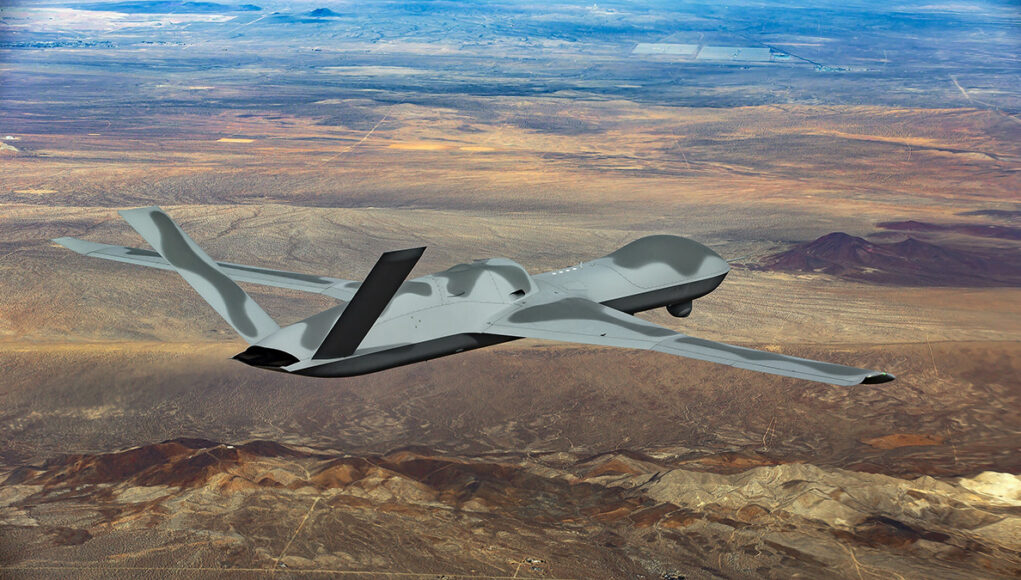
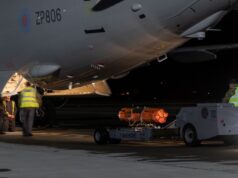


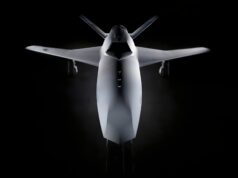


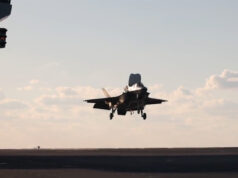
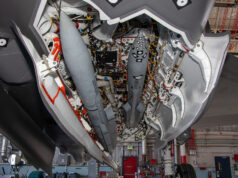

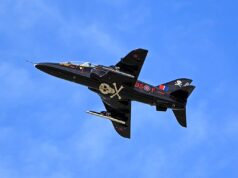

OT, we saw an AAC Dauphin of 658 circling the Tower of London area this afternoon. Never seen one “live” before.
Fab to see.
Morning DM, was it in civilian colours/markings?
Hi Chris.
As seen in various photos, dark blue with the white underside. Circled several times as we were headed for the tube, and was still doing so as we went underground. I wandered if they would lsnd at Finsbury Park Barracks/Artillery Ground ( home of the HAC ) as not sure where else in the City if they were coming down and not just circling.
Nice one DM !
Meanwhile down under it has been confirmed that the MQ28 Ghost Bat in development for the RAAF will test fire an AIM 120 AMRAAM missile in December of this year at the Woomera test range in South Australia.
It is the first (publicly acknowledged) test shot of an air to air missile by any CCA type drone anywhere in the world including those in development by the U.S.
The Ghost Bat has already proven it can be controlled from other airborne platforms (Wedgetail). The RAAF currently has taken delivery of 8 Block 1 prototypes for development and has ordered 2 Block 2 Ghost Bats while a factory for the production of Ghost Bats is currently under construction at Wellcamp airport outside Toowoomba west of Brisbane.
Not sure how far they UK got with Taranis but if Ghost Bat can take the Meteor too maybe the UK might have a squizz. Good protective escorts for the Wedgetails, Poseidons, Tankers, Transporters.
Only one Taranis airframe was ever built and it is no longer flying whereabouts unknown. It only made a handful of test flights none longer than an hour.